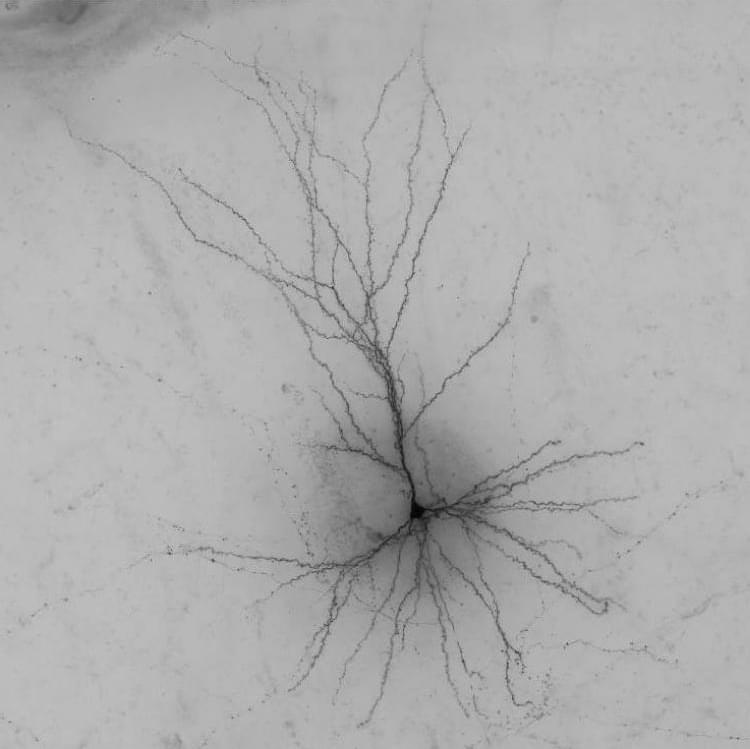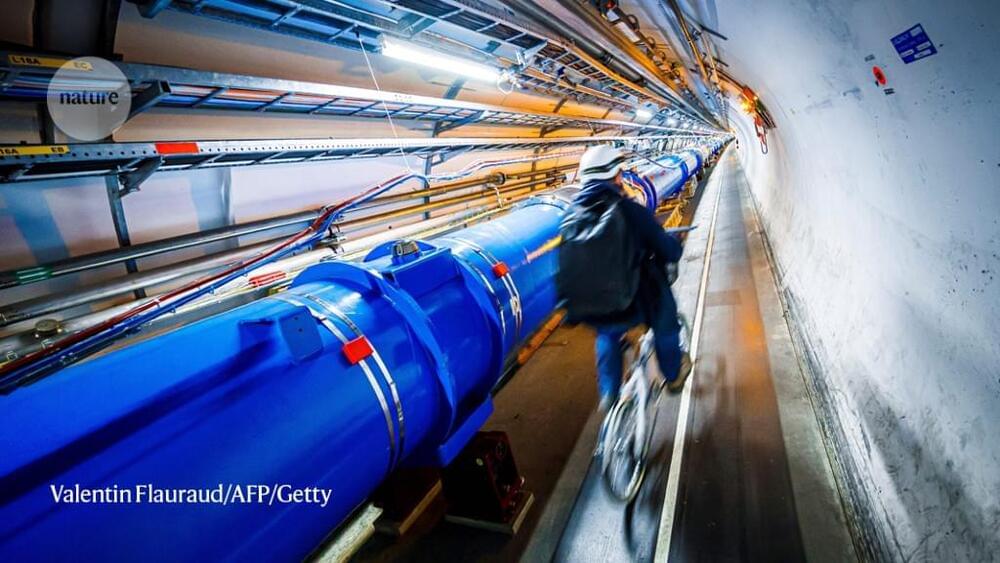Goodbye 2021, and hello 2022!
Despite the ongoing disruption from COVID-19, many impressive breakthroughs in science and technology occurred this year.
Below we have listed our top 20 most viewed blogs of 2021, in reverse order.

A year in review.
This video is sponsored by ResearchHub — https://www.researchhub.com/?ref=eleanorsheeky.
I’ve covered a lot of longevity science research this year so have summarised some of the key highlights here!!! Many breakthroughs & research I couldn’t cover — let me know what your favourite news this year was in the comments!!
Obviously, couldn’t go into as much detail for each topic, but you can find the full length videos in my playlist here: https://youtube.com/playlist?list=PLnLFbRYd2NGEP1VxVkW8-Hy9xix-Y7wur.
Find me on Twitter — https://twitter.com/EleanorSheekey.


Been saying this for years!
A summary of decades of research on a rather ‘out-there’ idea involving viruses from space raises questions on just how scientific we can be when it comes to speculating on the history of life on Earth.
It’s easy to throw around words like crackpot, rogue, and maverick in describing the scientific fringe, but then papers like this one, from 2018, come along and leave us blinking owlishly, unsure of where to even begin.
A total of 33 names were listed as authors on this review, which was published by Progress in Biophysics and Molecular Biology back in August 2018. The journal is peer reviewed and fairly well cited. So it’s not exactly small, or a niche pay-for-publish source.
These are some of the fun science stories from this year that we couldn’t wait to talk about with friends.


It doesn’t have to be this way. Unhealthy ageing is a human tragedy, and if governments and health authorities shift their focus from lifespan to healthspan, longevity technology can remedy it. Looking and feeling younger for longer is not the preserve of beauty brands or Silicon Valley billionaires.
The average human lifespan has increased by several decades in the past century, but our healthspan – the years we are in good health – has stayed the same. The solution is to treat unhealthy ageing like any other illness, that is, as a technical problem that can be overcome.
During NeurIPS 2021, seven quantum computer scientists from Amazon came together to discuss the current state of quantum computing, some of the biggest challenges facing the field, and what the future might hold.
Panelists included:
• Simone Severini, director of quantum computing.
• Antia Lamas-Linares, principal research scientist.
• Earl Campbell, senior research scientist.
• John Preskill, Amazon Scholar.
• Katharine Hyatt, applied scientist.
• James Whitfield, Amazon Visiting Academic.
• Helmut Katzgraber, senior practice manager.
Follows us:
Website: https://www.amazon.science.
Twitter: https://twitter.com/AmazonScience.
Facebook: https://www.facebook.com/AmazonScience.
Instagram: https://www.instagram.com/AmazonScience.
LinkedIn: https://www.linkedin.com/showcase/AmazonScience.
Newsletter: https://www.amazon.science/newsletter.
#AmazonScience #Quantum #QuantumComputing #QuantumTech #NeurIPS
